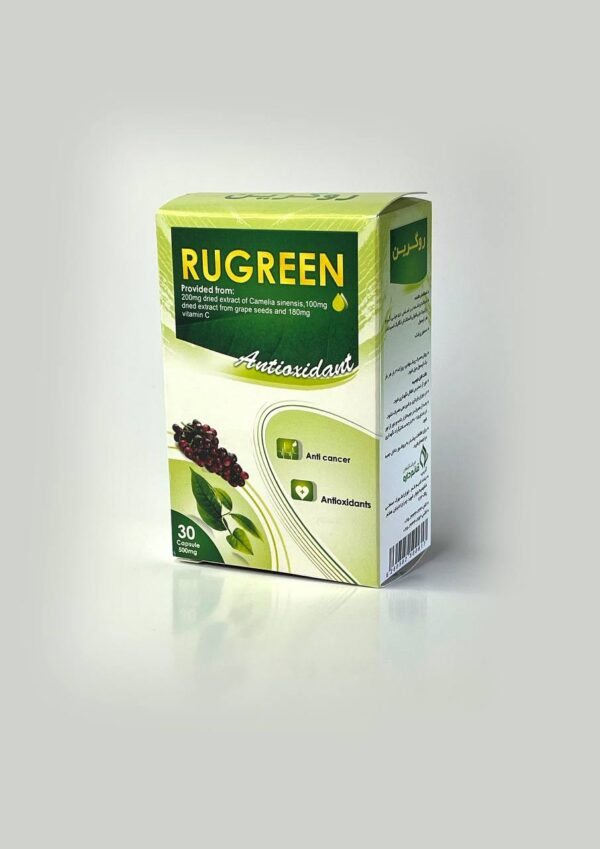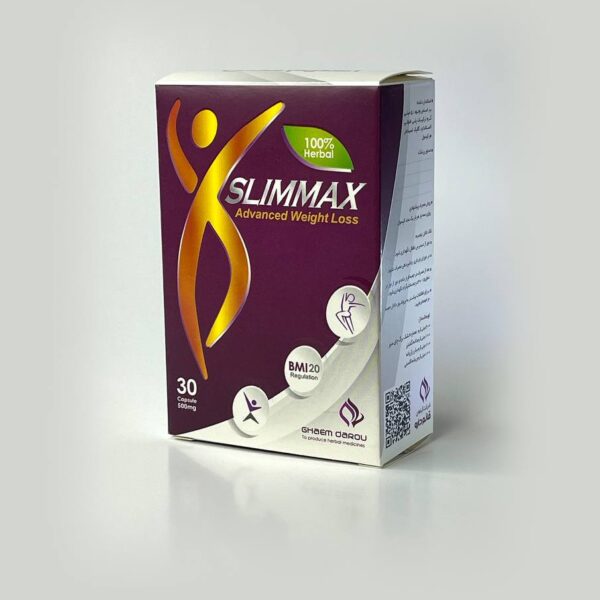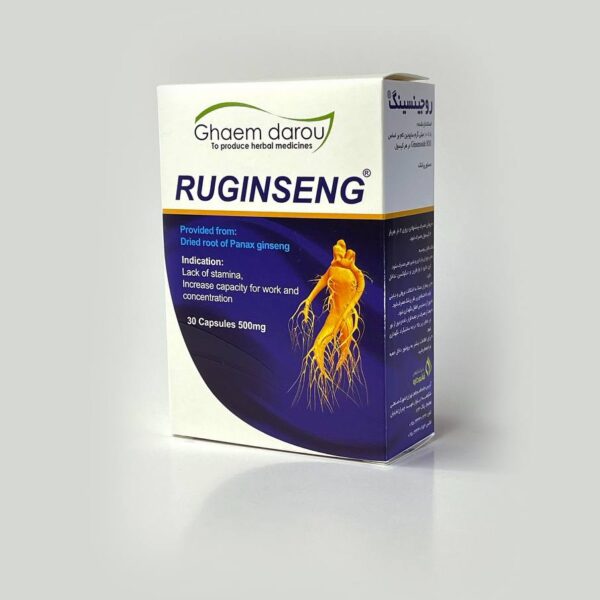Rugreen Capsule
Packaging:
30 capsules Rugreen in blister form
Plants and Components Used in the Product Rugreen:
200 mg of green tea leaf extract with the scientific name Camellia sinensis, 100 mg of grape seed extract with the scientific name Vitis vinifera, and 180 mg of vitamin C.
Standard Index Rugreen:
The total polyphenol content based on gallic acid is 19 mg per 100 g of the product.
Intended Use:
Antioxidant
Pharmacological Effects Rugreen:
Grape seed extract and green tea leaf extract are rich in polyphenolic compounds, which are potent antioxidants and can counteract cellular damage caused by free radicals.
The presence of caffeine in green tea leaf extract, due to its adenosine antagonist properties, has central stimulant and anti-depressive effects. Additionally, clinical evidence points to the positive effects of green tea in reducing the risk of pancreatic, colorectal, small intestine, stomach, breast, and lung cancers. Studies have also been conducted on its potential role in weight management.
Grape seed extract has been shown to have positive effects in relieving symptoms of chronic venous insufficiency (CVI), such as swelling, heaviness, and discomfort in the legs. Furthermore, grape seed extract is associated with anti-atherosclerotic, anti-tumor, liver protection, and ischemic prevention effects.
Dosage and Usage:
Take three capsules daily with meals.
Side Effects:
In individuals with sensitive stomachs, gastrointestinal issues may arise due to the chlorogenic acid and tannins present in green tea. Possible side effects include hyperacidity, gastrointestinal discomfort, appetite reduction, constipation or diarrhea, nausea, headache, and skin sensitivity (such as erythema and itching) in some individuals. Rare and unpredictable cases of liver damage associated with green tea extract have been reported.
Contraindications and Recommended Precautions:
- The safety of this medication during pregnancy and breastfeeding has not been established, therefore it should not be used during these periods.
- The safety of this medication in children and individuals under 18 years of age has not been established, thus it’s better to avoid its use.
- Caution is advised when using this medication in patients with cardiovascular weakness, kidney disorders, hyperthyroidism, and individuals with psychological issues such as severe anxiety and fear.
- Due to the presence of green tea in the composition of this medication, reports of a type of anemia have been observed in children and infants due to disruption in iron metabolism.
- If symptoms related to liver problems occur, such as yellowing of the skin or eyes, stomach pain, darkened urine, sweating, nausea, unusual fatigue, decreased appetite, consult a physician immediately.
- If you have the following conditions or issues, consult a physician before using this medication: liver disease, iron deficiency anemia, skin inflammation, thrombophlebitis, severe pain, gastric ulcer, sudden swelling in one or both legs, heart or kidney problems.
- It’s recommended not to take this medication before bedtime as it may cause insomnia.
- Avoid using this medication before surgery as it may increase the risk of bleeding.
- The recommended duration of use is 12 weeks.
Drug Interactions:
- Due to the binding of tannins in green tea with the chemical structure of alkaline medications, the reabsorption of these medications may be delayed.
- Individuals taking anticoagulant and antiplatelet medications should consult their physician.
- If you are taking the following medications, consult your physician before use: stimulants (amphetamine, ephedrine, nicotine), adenosine, asthma medications, antidepressants and psychotropic medications, medications that slow blood clotting, cancer medications, estrogen and contraceptives, antibiotics, antiepileptic medications, medications for cardiac and diabetic discomforts.
Storage Conditions:
Store the medication in its box after use, away from light, heat, and moisture, at a temperature between 15 to 30 degrees Celsius (59 to 86 degrees Fahrenheit).
Sources
- PDR for herbal medicines, published by: Medical Economics Company, Inc. at Montvale.P: 369-371 & 362-365.
- European Medicines Agency. Community herbal monograph on Camellia sinensis (L.) Kuntze, non fermentatum folium EMA/HMPC/283630/2012 & European Union herbal monograph on Vitis vinifera L., folium EMA/HMPC/464684/2016.
- Health Canada- Natural health product- Grape seed extract monograph & Green tea extract monograph.

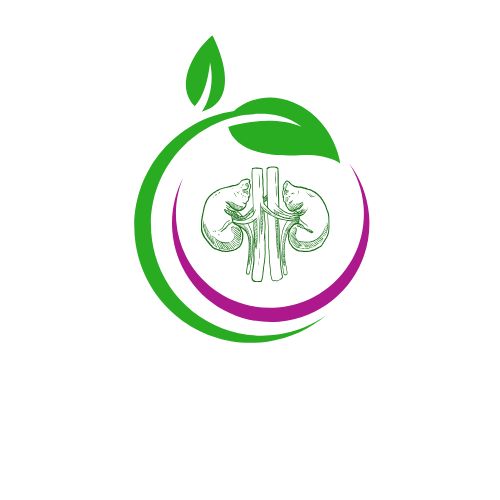 Kidney and urinary tract
Kidney and urinary tract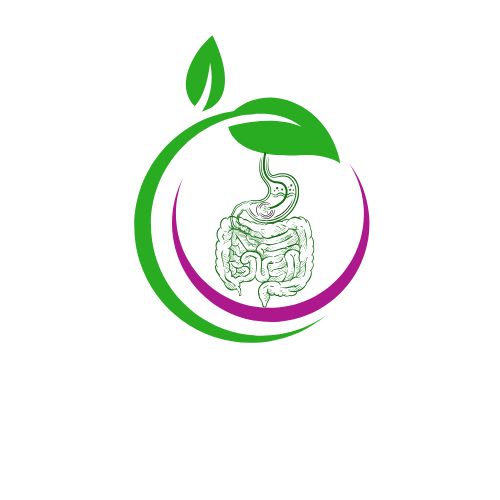 Digestion
Digestion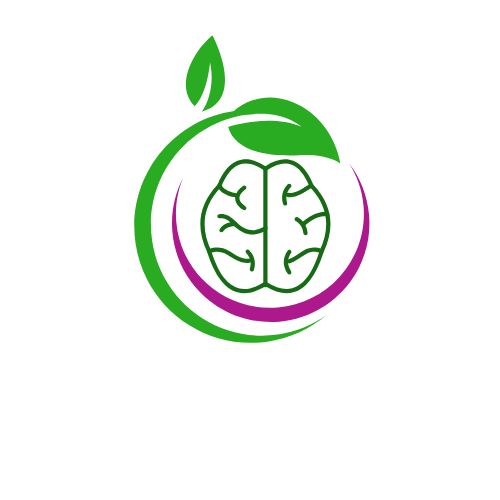 glands
glands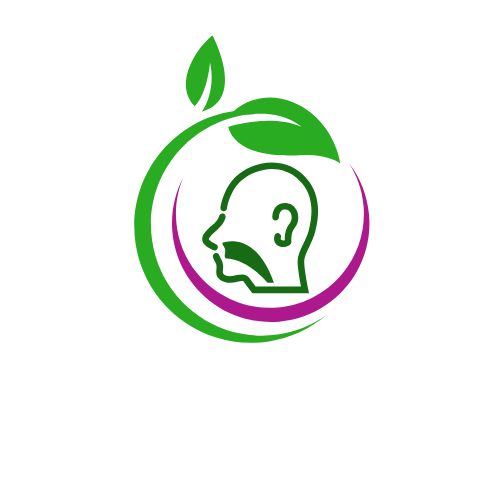 Ear nose and throat
Ear nose and throat Enhance sexual power
Enhance sexual power Fitness
Fitness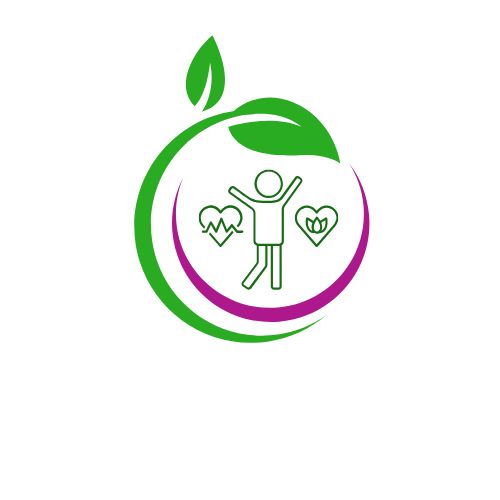 Safety and health
Safety and health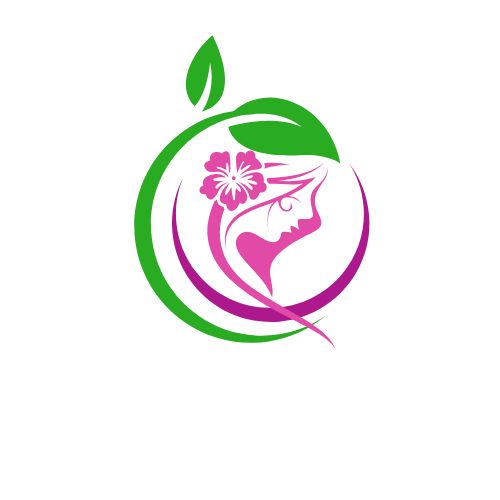 Women
Women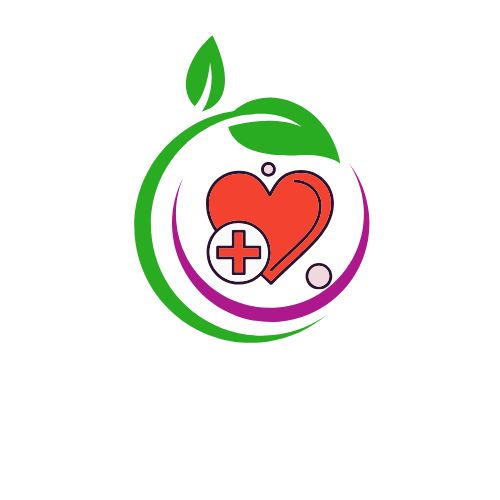 Cardiovascular
Cardiovascular